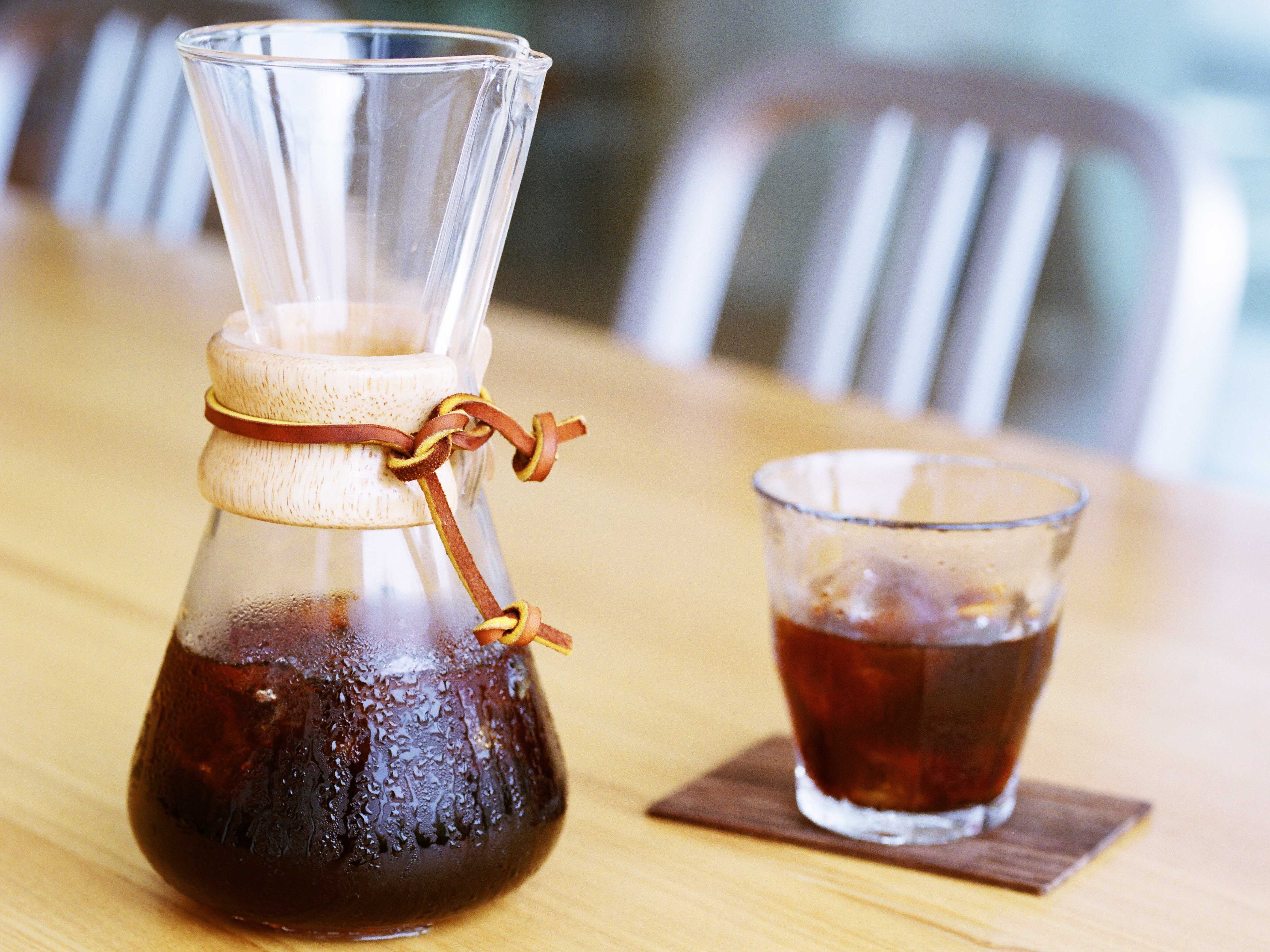NEW YORK, U.S. – There’s a common misconception about coffee and its caffeine content. Folks seem to think it exists in higher quantities in places where it doesn’t. Espresso, for example, is often touted as being the strongest coffee drink to order (but it isn’t, if you’re judging by serving size).
Dark roast gets credit for having more caffeine than lighter roasts, when it doesn’t ― all roasts generally have the same amount of caffeine.
And cold brew coffee gets a lot of love for delivering a major jolt of caffeine. But is that reputation deserved?
We got to the bottom of it, and as it turns out, it’s complicated.
Caffeine content in coffee is extremely variable
The first thing you need to know is that the caffeine content in coffee is volatile. Energy drinks can confidently list the caffeine content found within them, but coffee drinks can sometimes have a pretty big range.
For example, an average cup of Arabic coffee can contain anywhere between 84 and 580 milligrams of caffeine.
This is best illustrated by the varying quantities of caffeine found in drip coffee from different coffee store chains.
Many factors play a role in this. We’re talking coffee type, grind size, brew time, dwell time, roast level and blend.
Despite variables, cold brew coffee drinks usually have less caffeine than regular coffee
But it isn’t black and white, obviously.
Caffeine is soluble in water, and the hotter the water used to brew coffee, the more caffeine is extracted ― meaning you get more caffeine out of the beans and into your coffee. (And there is such a thing as over-extracting with water that is too hot.)
More caffeine can be extracted from coffee beans with hot water than with cold water. This implies that hot coffee contains more caffeine than cold brew, which is made with cold water.
“Caffeine’s solubility is primary driven by temperature, such that at higher temperatures, significantly more caffeine will dissolve in solution than at cooler temperatures,”Joseph Rivera of Coffee Chemistry told The Kitchn. “If you are using the same brew-to-water ratios, the cold brew will definitely have less caffeine than hot.”
But, cold brew coffee is typically made with a higher ratio of coffee to water ― we’re talking 2 to 2 1/2 times more ― which means it is stronger than if made with a more conventional coffee-to-water ratio. However, cold brew is made as a concentrate that should be diluted with one part coffee to one part water or milk, which brings that caffeine level right back down.
Starbucks offers an example. A 16-ounce cold brew from Starbucks is reported to contain 200 mg of caffeine, while a hot 16-ounce coffee can contain anywhere from 260 to 360 mg, depending on the beans you choose. That’s a pretty big difference in caffeine content.
Julie R. Thomson










